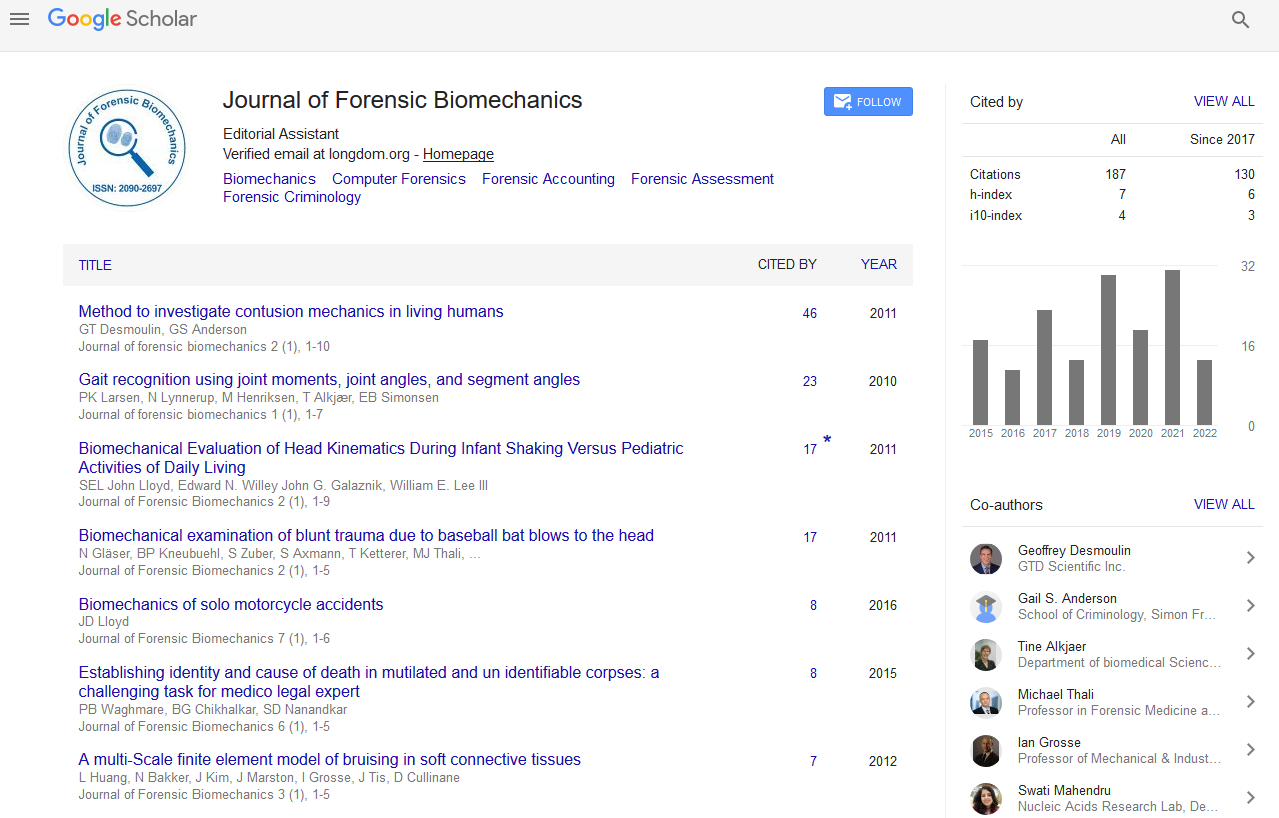Indexed In
- Genamics JournalSeek
- SafetyLit
- Ulrich's Periodicals Directory
- RefSeek
- Hamdard University
- EBSCO A-Z
- Geneva Foundation for Medical Education and Research
- Euro Pub
- Google Scholar
Useful Links
Share This Page
Journal Flyer

Open Access Journals
- Agri and Aquaculture
- Biochemistry
- Bioinformatics & Systems Biology
- Business & Management
- Chemistry
- Clinical Sciences
- Engineering
- Food & Nutrition
- General Science
- Genetics & Molecular Biology
- Immunology & Microbiology
- Medical Sciences
- Neuroscience & Psychology
- Nursing & Health Care
- Pharmaceutical Sciences
Abstract
The HRF Model Built on Dynamic High-Order Hill Matrix-Keys and the Rail Fence Model
The Hill model is a compelling asymmetric algorithm which depends on matrices as keys to achieve data security. Research done on the Hill model, often, restricted to the use of low order matrix keys because of the complexity of operations with high order matrices. This, however, expose the Hill model to basic brute force attacks. This article investigates the use of high order dynamically generated matrix keys selected at run-time. In addition, the original Hill model only uses the 26 alphabetic characters. We extend the character set supported by the Hill model to the 256 ASCII characters. On the other hand, the rail fence model is also a compelling transposition algorithm which generally supports a low character set. This article investigates the combination of the improved Hill model with the rail fence model towards a hybrid product Hill-Rail Fence (HRF) model. Ideally, product ciphers depict enhanced data security more than the sum of the individual securities of the component ciphers. To further complicate the product, encryption is completed over more than one round. We evaluate the computational performance of the HRF model against the original Hill model in terms of the execution time, CPU usage, memory demands, number of running threads, as well as the number of loaded classes. The simulated results portray an increased processing time in the HRF model with every increase in the order of the matrix key
Published Date: 2022-12-27; Received Date: 2022-11-23

